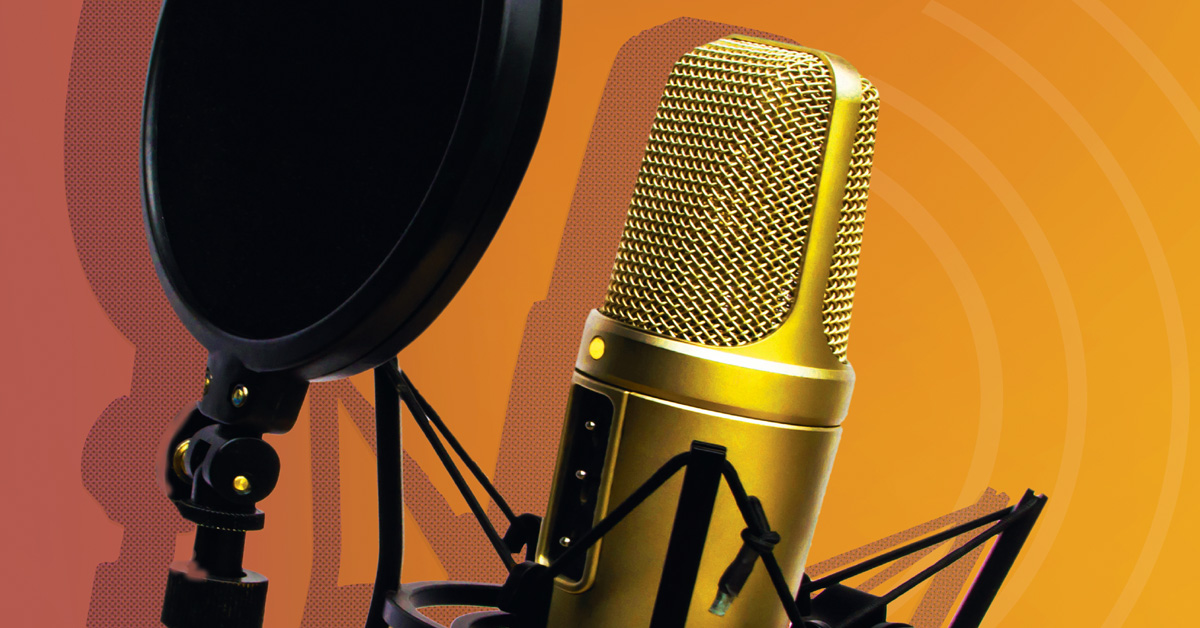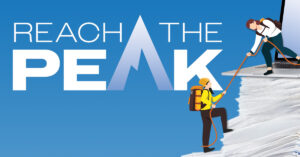Chances are pretty decent that you’ve listened to a podcast. More than half of Americans ages 12 and older have listened to at least one, according to Edison Research, a company that tracks business trends. Nearly one out of three people listen to one podcast every month. For originators, this is another free avenue to deliver your message about the home loan process.
Podcasts are digital audio files posted on the internet and available for downloading by the audience on a computer or a mobile device. Creating a podcast is similar to writing a blog or making a video. What you’re trying to do is draw attention to yourself and your business. A podcast allows mortgage originators to use a microphone and tell a story about the loan process.
This is an excellent route to go if you’re camera shy and want to avoid video, or if you don’t have time to write a 2,000-plus word blog. All you are doing is presenting a loan scenario or a program in the same way you would be talking to a borrower on the other end of a phone call.
You can create a weekly or monthly podcast that explains the process of homebuying or refinancing. You also can explain in detail the loan programs you offer or how a borrower can improve their overall credit profile to get themselves in a better lending position. Delivering content through a podcast is your time to shine.
Tools of the trade
Most originators already have basic equipment or can obtain it relatively easily to get started. There are plenty of multimedia recording programs available for your smartphone or desktop computer, including Voice Record Pro, QuickTime Player or Screencastify. Many programs have free options or, for a small cost, you can get versions with more bells and whistles.
The next step is to find a free hosting platform. Originators will want to look for one where they can create a channel to deliver their message. Again, there are many free options: Podbean, Buzzsprout, Anchor, BluBrry and Podiant. Originators also can pay for a subscription. Before you buy the monthly subscription, test out the free version.
After you create a podcast, you may need to edit your recording to eliminate parts you do not wish to keep. Free editing software is available for Mac users with iMovie and PC users can use Audacity.
Just like blogs and videos, podcasts do well with online searches. You also can embed each podcast that you record into an e-mail and send it out to your database, or create a blog around the topic and include the recording for your weekly or monthly topic.
Hook the listener
If you have not created a podcast before, there will be a learning curve just like anything else, but after getting a few underneath your belt, the editing and posting time will be cut dramatically. Have fun with it. Keep it professional, of course, but let your personality shine through.
Compared to a blog post, your unique personality can really come out in a podcast. Use your voice to grab the attention of the listener and make it feel like you are right in front of them. If you speak in monotone or sound like you’re reading a book, however, you certainly will cause many of your listeners to leave within the first 10 to 20 seconds. Use voice inflections at points where you want your listener to pay close attention.
Structure your podcast with a beginning, a middle and an end. The beginning is where you hook the listener by introducing the main focus and the goal of the podcast — something like, “Looking to buy a house with little or no money down? Guess what? You have options and this is what we will be going over in our podcast today.” This also is where you set the mood, the pace and the tone, which should be consistent throughout your podcast to ensure the listener stays hooked.
The middle portion is where you ex- plain the process of buying a house with little to no downpayment. Mention the programs in which borrowers can put zero down, such as ones from the U.S. Department of Veterans Affairs (VA) or the U.S. Department of Agriculture (USDA), or a downpayment-assistance program in your local market.
The end is where you tie the loan programs into the title of your podcast and explain how the listener can start the home-financing process with you, because you specialize in the program described in the podcast. Bring the listener back to the conversation, because if they think they do not qualify, you can assure them that you can assist them through their pain points.
Resonating message
A good podcast will resonate within your market. So, consider doing one about, “How to buy a house in (your city, county, state) with no money down.” Another would be, “Who offers VA loans in (your locale)?”
Remember your audience’s attention span. You might lose half your listeners if you post an hour-long podcast. Say, for example, that you wish to compare VA and USDA loans, followed by a comparison of VA loans and Federal Housing Administration loans. You have enough material for two podcasts. Maybe your listeners will be intrigued enough with the first to sign up and listen to a second.
Podcasts can be a one-sided affair in which you do all the talking. A simple solution is to ask a client if it is OK to record a call for a future podcast. Let them know you will edit out any sensitive information, such as their full name, phone number, e-mail address, Social Security number, date of birth, employment and home address. Under- stand the laws that require consent for recording calls. You’ll want to make sure that you have their consent recorded.
At the end of each podcast say, “Thank you again for taking the time to listen to me and please like, share, comment and subscribe to learn more about the mortgage industry.” Get your listeners engaged. Remember your calls to action, directing them to your website or giving them your phone number to call you.
Treat the title of your podcast the same way you would the title of a blog or video. There is no sense in creating a podcast if you are not going to make it search engine optimization-friendly to generate as much web traffic as possible. With more likes, shares and comments, you will land higher on major search engines. Your title and topic description for your podcast is key to this.
• • •
If you’re camera shy or you just don’t enjoy writing, a podcast is the way to gain market share and generate interest in your loan products. The same skills you use while talking on the phone with clients can be used in a podcast. Realize that this is another free avenue to market yourself and your business.
Author
-

Nathan Rufty is a mortgage coach and trainer with Mortgage Marketing Pros, a company that works with loan officers to develop marketing plans that increase leads and closed loans. Mortgage Marketing Pros was created by a producing loan officer and a master marketer to teach mortgage professionals how to create their own businesses without relying so much on one or two streams that can dry up without warning.



